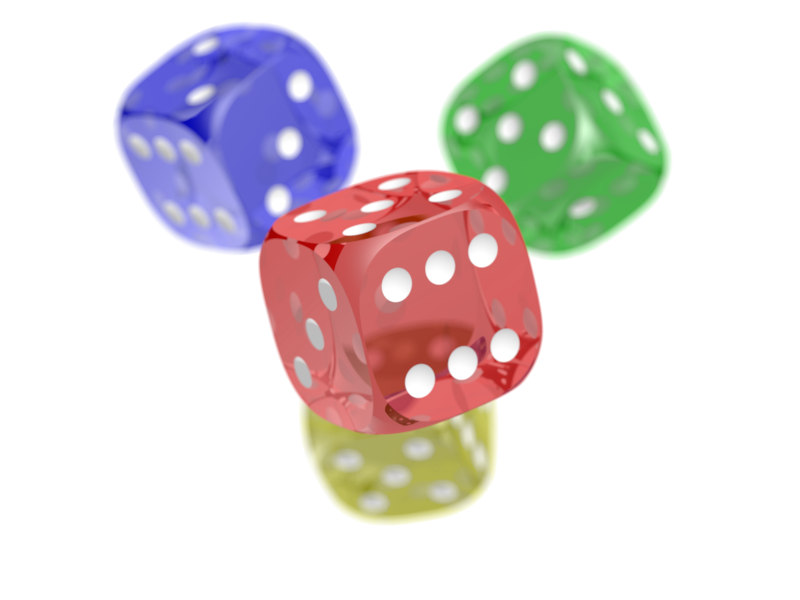The first of the formats we will talk about is the RAW format. RAW files are image files that contain data that has been minimally processed from a ditgital camera, scanner, or video film scanner. The reason why RAW files are called RAW is because, as mentioned before, they are files that have not been processed or have been minimally processed. RAWs often contain have a wide dynamic range of color, wider than the final image, and preserves a lot of the information of the captured image. RAWs are used to capture a scene as closely as possible. Everything down to color and light intensity. RAWs cannot be directly used as images, however. They must be converted to another format before becoming usable.
JPEGs are one the most used image formats. JPEG stands for Joint Photographic Experts Group, a group which created the standard. RAW files are often coverted to JPEG files for a multitude of reasons. One of the reasons is that JPEGs can support more than 16 million colors. For this reason JPEGs are also used by digital cameras. The format also supports compression, or making a file size smaller. This makes it ideal for web graphics. The lossy compression algorithm reduces the file size with very little to no degration of the image quality. Some image quality is lost during the process but these are things the human eye might miss anyways. Professionals still convert form RAW to JPEG to edit their photo in the highest quality possible. JPEGs also contain metadata. This describes content of the files such as dimensions and color.
GIFs, or Graphics Interchange Format, are images you can see moving. GIFs are often animations that loop. GIFs can support 256 colors. This means it is not very suitable for the reproduction of color images. GIFs are compressed using a lossless data compression method. This tequnique is used to reduce the file size without the degration of the image quality. This allows them to load quickly on the web. Graphical designers use the GIF format to create banners and simple logos/emblems.
PNGs, or Portable Network Graphics, is an image format that is expected to replace the GIF. Like a GIF, PNGs support a lossless compression. So like a GIF, PNGs can be compressed to small sizes without quality degration albiet it won't support a wide color range. Some features of PNGs are opacity control and tune control, opacity control meaning control of the degree of transparency and tune control meaning color brightness can be fixed.

TIFF files, or Tag Image File Format, is a format used to store raster graphic images. TIFF is popular with publishers, graphic artists, and photographers. TIFF is a loseless file format, the information being retained being saved in layers. Printers support this format as there is very little to no loss of quality when one prints out an image. Other things supporting TIFF are scanners, fax machines, and word processors. Various photo editing applications also support TIFF such as Photoshop and Illustrator.

No comments:
Post a Comment